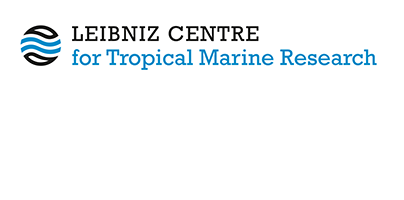Late Quaternary vegetational and climate dynamics in northeastern Brazil, inferences from marine core GeoB 3104-1.
Behling, Hermann, W. Arz, Helge, Pätzold, Jürgen and Wefer, Gerold (2000) Late Quaternary vegetational and climate dynamics in northeastern Brazil, inferences from marine core GeoB 3104-1. Quaternary Science Reviews, 19 (10). pp. 981-994. DOI https://doi.org/10.1016/S0277-3791(99)00046-3.
|
Text
Behling.pdf - Published Version Restricted to Registered users only Download (886kB) |
Abstract
Late Quaternary paleoenvironments from northeastern (NE) Brazil have been studied by pollen analysis of marine sediment. The studied core GeoB 3104-1 (3°40′ S, 37°43′ W, 767 m b.s.l.) from the upper continental slope off NE Brazil is 517 cm long and >42,000
yr BP old. Chronological control was obtained by 12 radiocarbon (AMS) dates from individuals of the foraminiferal species Globigerinoides sacculifer. Modern pollen analogs were received from 15 river, lake and forest soil surface samples from NE Brazil. Marine pollen dates indicate the predominance of semi-arid caatinga vegetation in NE Brazil during the recorded period between >42,000 and 8500
yr BP. The increased fluvial input of terrigenous material, with high concentrations of pollen and specially fern spores, into the marine deposits, about 40,000, 33,000 and 24,000
yr BP and between 15,500 and 11,800
yr BP, indicate short-term periods of strong rainfall on the NE Brazilian continent. The expansion of mountain, floodplain and gallery forests characterize the interval between 15,500 and 11,800
yr BP as the wettest recorded period in NE Brazil, which allowed floristic exchanges between Atlantic rain forest and Amazonian rain forest, and vice versa. The paleodata from core GeoB 3104-1 confirm the, in general, dry pre-Last Glacial Maximum (LGM) and LGM conditions and the change to wet Lateglacial environments in tropical South America. The annual movement of the intertropical convergence zone over NE Brazil, the strong influence of the Antarctic cold fronts and changes of the high-pressure cell over the southern Atlantic, may explain the very wet Lateglacial period in NE Brazil. The documented NE Brazilian short-term signals correlate with the documented Dansgaard-Oeschger cycles and Heinrich events from the northern Hemisphere and suggest strong teleconnections.
| Document Type: | Article |
|---|---|
| Programme Area: | PA Not Applicable |
| Research affiliation: | |
| Refereed: | Yes |
| Open Access Journal?: | No |
| DOI: | https://doi.org/10.1016/S0277-3791(99)00046-3 |
| ISSN: | 02773791 |
| Date Deposited: | 27 Oct 2025 14:39 |
| Last Modified: | 27 Oct 2025 14:39 |
| URI: | https://cris.leibniz-zmt.de/id/eprint/5876 |
Actions (login required)
 |
View Item |





 Tools
Tools Tools
Tools